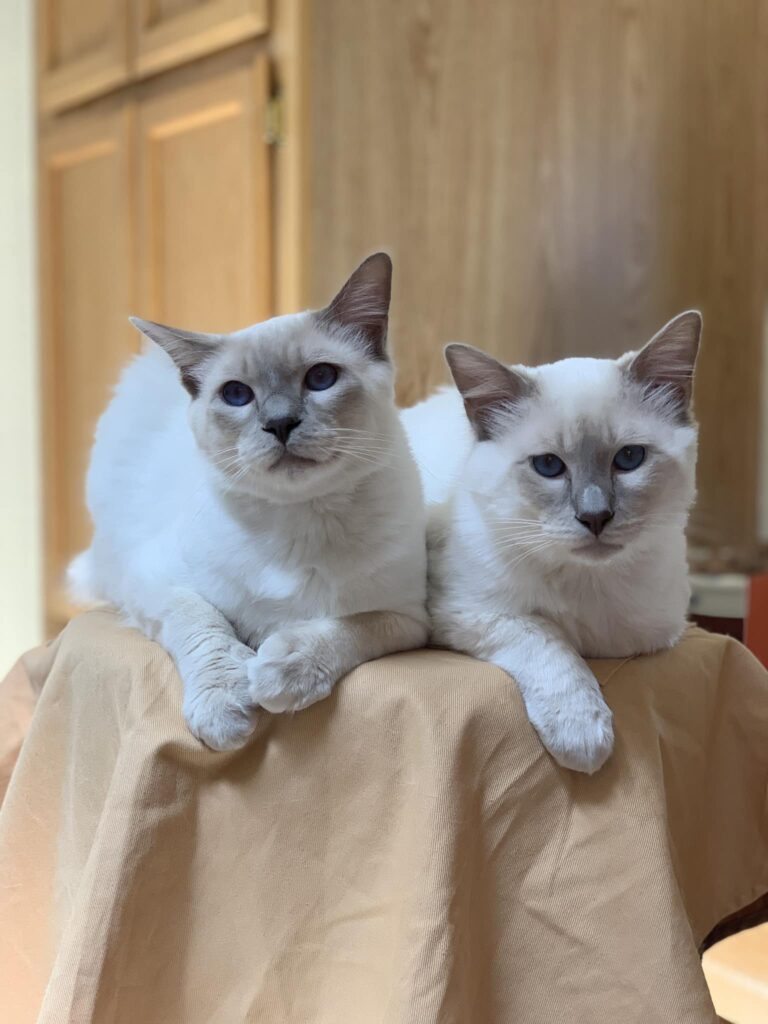Balinese cats are often admired for their graceful build and flowing, silky coats, yet their grooming needs are surprisingly manageable. Unlike many long-haired breeds, the Balinese lacks a dense undercoat, which significantly reduces matting and shedding. This unique trait allows for a grooming routine that is both efficient and deeply rewarding, especially when approached with an understanding of the breed’s temperament and physiological needs. Maintaining a Balinese cat’s coat isn’t just about aesthetics, it’s a holistic practice that supports skin health, emotional bonding, and overall well-being.
Weekly brushing is typically sufficient to keep the coat in optimal condition. Using a soft bristle brush or a stainless-steel comb helps remove loose hairs and distribute natural oils, which enhance the coat’s sheen and prevent dryness. Balinese cats tend to enjoy grooming sessions when they are introduced gradually and paired with positive reinforcement. Their social nature means they often interpret grooming as a form of affection, making it an ideal opportunity to strengthen trust and reduce stress. Owners who incorporate grooming into a consistent routine often find their cats more relaxed and cooperative in other aspects of care.
Bathing is rarely necessary, but when done occasionally, it should be approached with care. A gentle, feline specific shampoo free of harsh chemicals preserves the coat’s natural texture and prevents irritation. Balinese cats, known for their emotional sensitivity, respond best to calm environments during bathing. Warm water, soft towels, and a quiet space contribute to a positive experience. In regions with high humidity or dust, occasional bathing may help reduce allergens and maintain coat freshness, especially for cats with outdoor access.
Diet plays a subtle yet powerful role in coat quality. High-protein foods rich in omega-3 and omega-6 fatty acids support follicle health and reduce shedding. Ingredients like salmon oil, flaxseed, and taurine contribute to a glossy, resilient coat. Owners who prioritize nutrition often notice improvements not only in fur texture but also in skin elasticity and hydration. Hydration itself is crucial; cats that consume wet food or drink from pet fountains tend to have better skin moisture balance, which directly affects coat appearance.
Environmental factors also influence grooming outcomes. Clean living spaces with minimal dust and allergens reduce the need for frequent grooming and protect the coat from buildup. Balinese cats, being naturally curious and active, benefit from clean bedding, regular vacuuming, and air filtration systems that minimize airborne particles. These measures not only support coat health but also reduce the spread of dander, which is particularly helpful in allergy-sensitive households.
Nail trimming and ear cleaning, while not directly related to the coat, contribute to the overall grooming routine. Regular nail care prevents accidental scratches during brushing, and clean ears reduce the risk of infections that could affect behavior and grooming tolerance. Balinese cats are generally receptive to these tasks when introduced early and handled gently. Owners who use treats, soothing tones, and short sessions often find these routines become moments of calm rather than conflict.
Grooming a Balinese cat is less about managing a high maintenance coat and more about nurturing a relationship through thoughtful care. Their unique fur structure, combined with a cooperative personality, makes them one of the most rewarding breeds to groom. When approached with consistency, empathy, and attention to detail, grooming becomes a ritual that enhances both the cat’s health and the human-animal bond. For global pet owners seeking elegance without excessive upkeep, the Balinese cat offers a perfect balance of beauty and simplicity.
Other Low Maintenance Cats:

